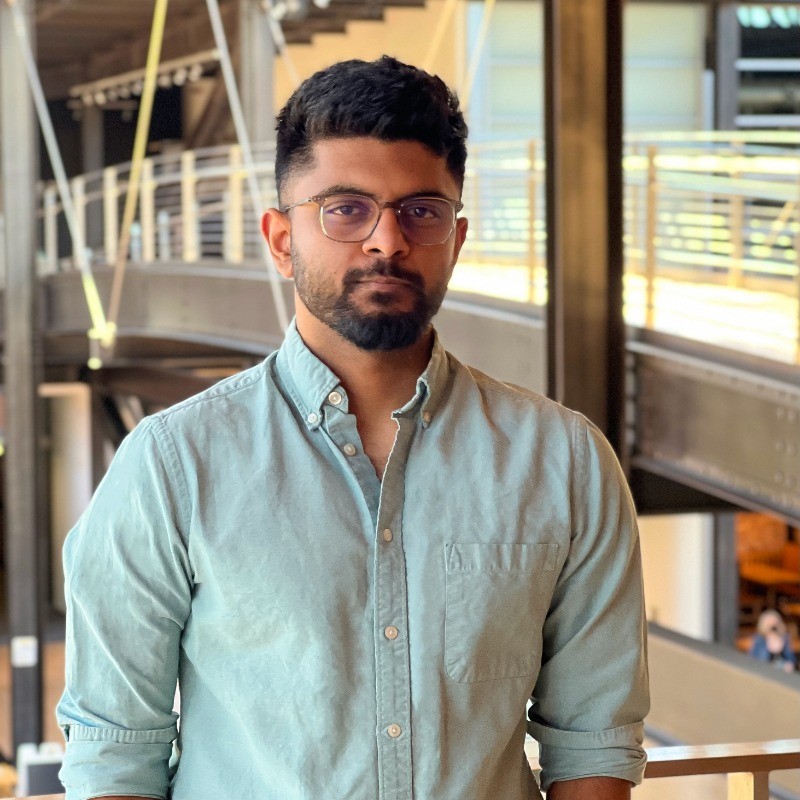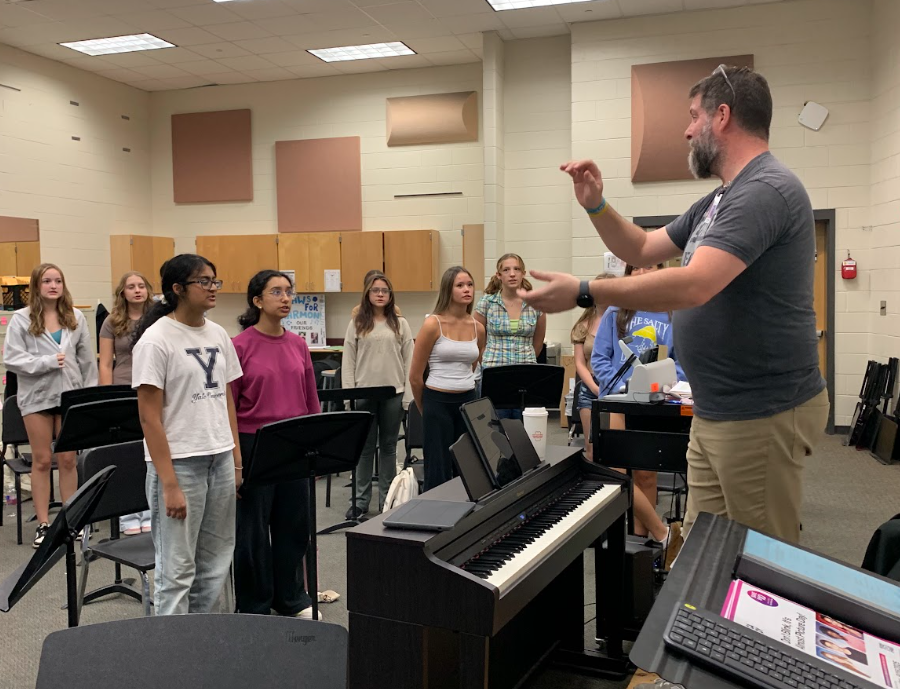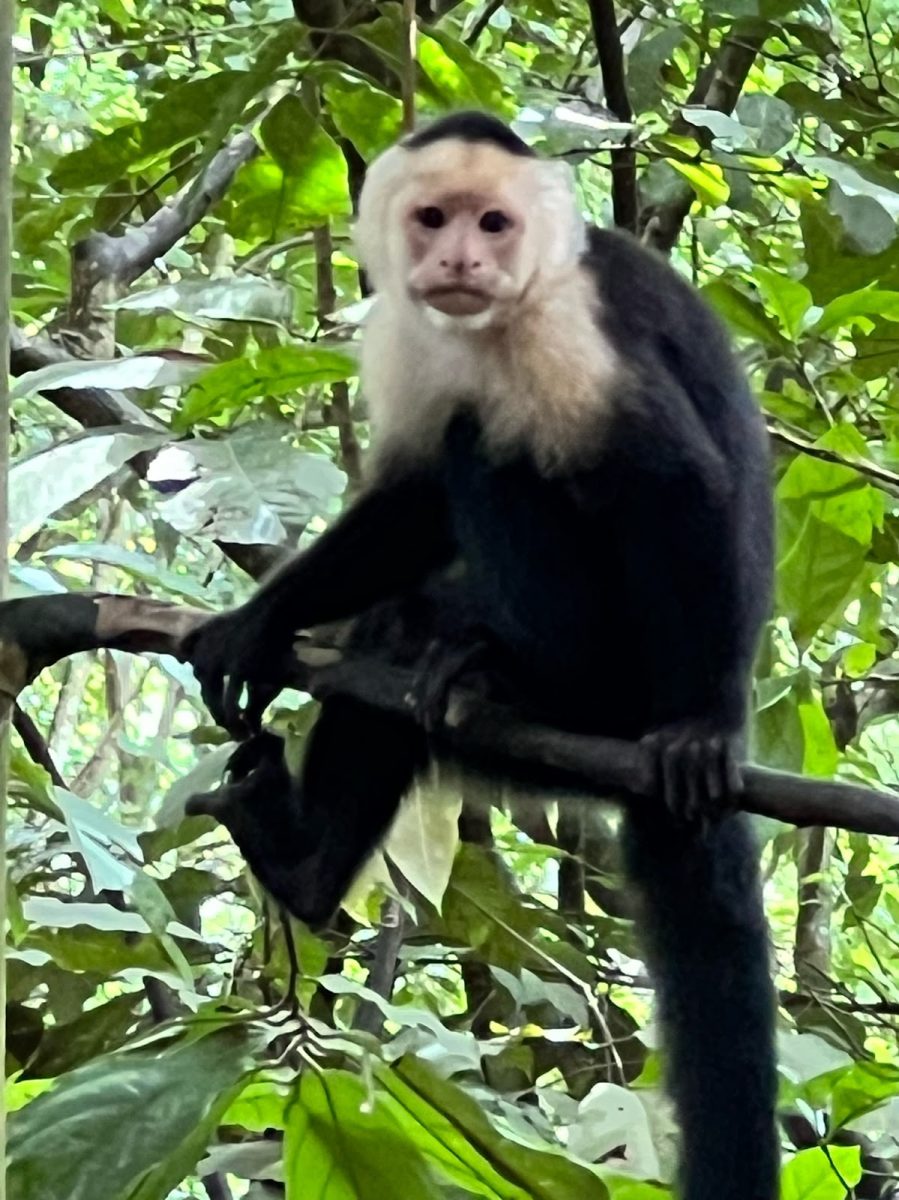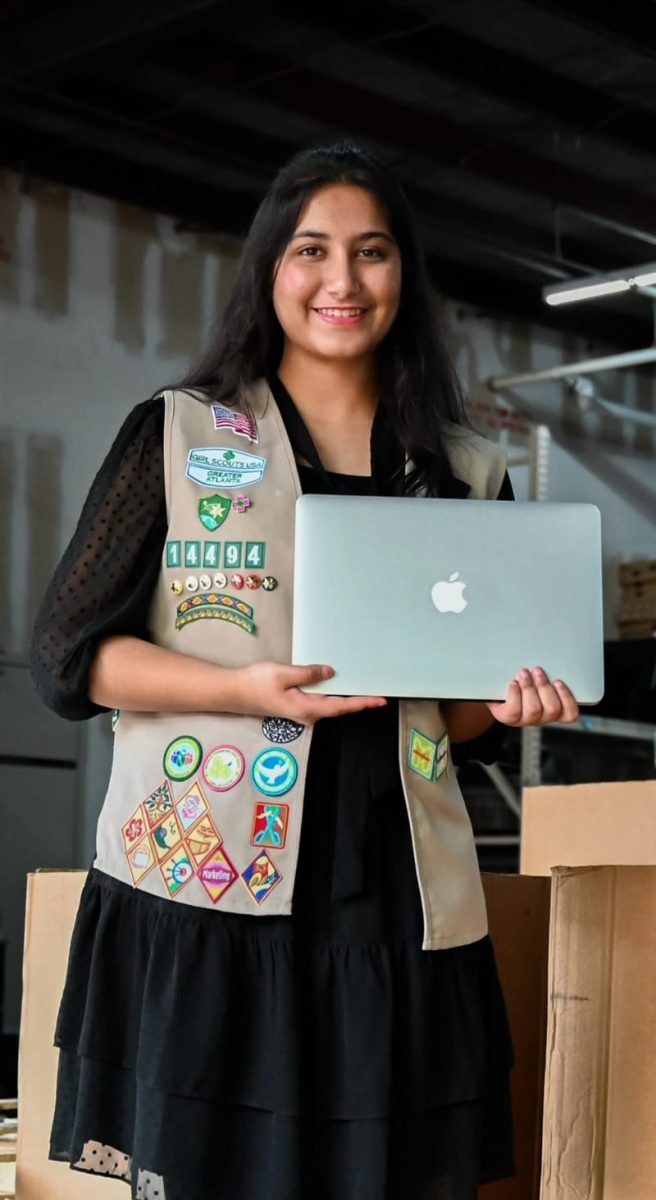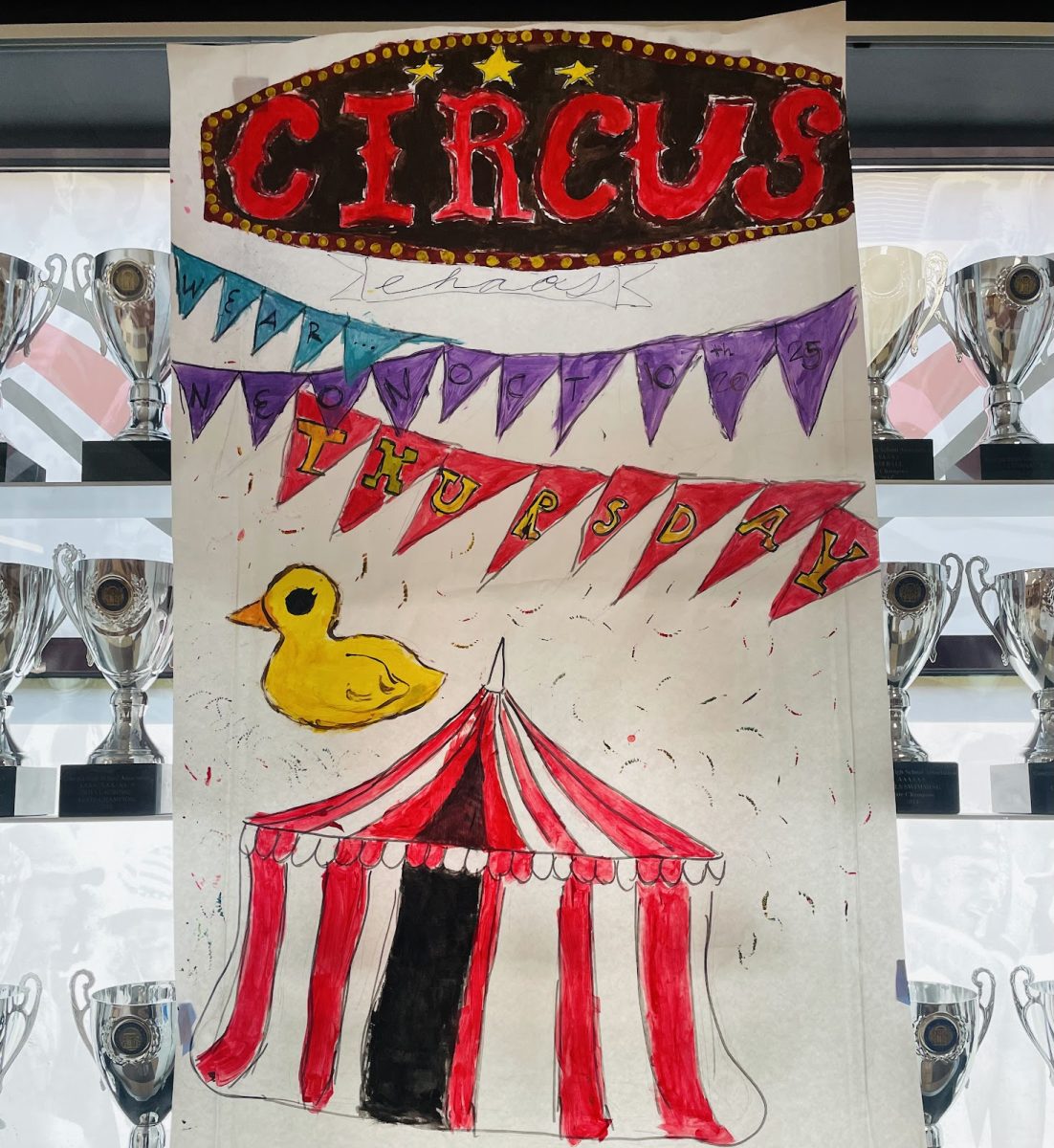Ever since the digital age, animation has been a staple of the modern film industry. Though mainly well known for bringing children’s movies to life, animation has extended well beyond its label and has married art and media into a completely new medium — one with the capacity to reach millions of viewers as never seen before. Just ask award-winning Indian-American animator Tarun Lak, who works on Pixar’s biggest films and whose short films, reels and illustrations have captivated a plethora of audiences worldwide. Starting his career in 2016 with Sony Animation, he has proceeded to work on the frontlines of major American blockbusters from “Spiderman: Into the Spiderverse” to recent Pixar hits such as “Onward,” “Soul,” “Luca” and “Elemental.” His journey and insights through this fast-growing field are something that movie fans and aspiring animators alike can draw and learn from.
Lak started out as an avid drawer all his life, which naturally drew him to the craft of animation. However, the spark that truly kindled his interest was watching Pixar’s “Toy Story 3,” which gave him an entirely new perspective on animation and the sheer impact it could have on audiences.
“I was shocked that you could make animation that emotional and make me care that much about characters that are firstly animated and secondly not even played by real people,” Lak explained. “After that movie, I really felt like I wanted to do animation and that kind of figured it out for me.”
This clearly gave Lak the initial inclination to pursue this novel craft, with a variety of possibilities to explore and learn from. However, his desire to keep pushing boundaries and continually grow his skillset has allowed him to always have a fresh outlook on every project. In a digital era where artists feel pressured and often burnt-out to always churn out new ideas, Lak’s approach has ensured that he is always equipped with new perspectives and skills to keep the work interesting for himself.
“I think it’s just remembering why you started doing this in the first place…You’ve gotta keep pushing yourself in your craft,” Lak said. He also added that “Different projects always come with different unique challenges, and you can have slightly different roles in each project, and that really helps [with keeping things inspiring].”
This has enabled him to create animation at the highest level while also keeping his passion going strong, which is deeply reflected in his own work. Lak also adds that this is by no means a profession meant for the select few and that the field is promising in its diversity and openness to a variety of cultures and backgrounds. As animation is still a relatively new space, anyone with an interest can get involved and pursue a career in the field, making it a melting pot of different people with a multitude of new ideas and worldviews.
“The nice thing with people across the world is that you have different points of view and different specifics in how they grew up, so you can inject little specific details…so that it feels more authentic and like a more fully realized character, ” Lak explained.
Clearly, the diversity present among animators allows for their work to truly come alive on screen, as even the small details they fuse into a character or scene can inject a sense of raw humanity and realism into the film. This makes for an overall more powerful viewing experience for the audience and a more satisfying final product for the animator. Additionally, with the BLS predicting a 16% increase in employment by 2030 for animators, it serves as the perfect time for even those interested at the high school level to get involved. The diverse and varied threads that tie the animation community together are only a strength in this process, adding depth to their work and contributing to an inclusive environment for all in the field. Furthermore, with the diversity of students at Lambert High School, this can help inspire those of any background to share their story and art as the details that make us unique are the same ones that tie us together as a community.
Animation’s diversity is also reflected in the vivid stories told by Pixar’s cast of films set in locales around the world. For instance, “Luca’s” Italian setting conveyed an authentic cultural influence that exposed mainstream audiences to different ways of life, providing American viewers with a deeper understanding of the world around them. According to Lak, this process requires extensive research and effort in order to accurately portray the given heritage with cultural consultants being employed to advise the film’s directors on the local traditions and social customs. The impact of such thorough efforts to internalize the foreign culture being portrayed can be seen in the movie “Kubo and The Two Strings,” set in medieval-era Japan.
“It’s kind of about bringing it to American audiences, but also exposing American audiences to different points of view they might not know,” Lak explained. “However, you also have to make sure the way you’re communicating that [the specifics] is universal, meaning it’s really the end feeling you get or the scene’s emotion that should be conveyed. That [feeling] should feel accessible to anyone and so that’s how you get both sides of, ‘it will work for a general audience, American or not,’ but also expose that audience to specifics of that part of the world.”
This approach to cultural diversity in animation has allowed for foreign traditions to filter into mainstream audiences in a way that still appeals to the collective. By not only fostering an inclusive cultural environment but taking efforts to portray these various cultures to the highest fidelity, Pixar and the animation industry at large have created a greater awareness of the world for American audiences. This proves promising for aspiring animators of all backgrounds as it goes to show their heritage is not a barrier to success in this field, but rather their greatest asset as they navigate this ever-growing profession. In fact, this is what drew Lak to explore his own Indian heritage through animation, allowing him to connect with his roots through the art he loves.
“It was just part of that heritage I’m connected to that I felt like I wanted to do something with, so that I myself also feel part of it,” Lak said.
This has been seen through projects like his Indian Vignettes series, which depict common scenes from South Indian life and have garnered over 190,000 views on his Instagram profile. By bringing authentic cultural experiences of his own in a completely new way, he has helped spread said experiences in an unprecedented way, touching hearts and illustrating the true power of animation.
Tarun Lak’s journey into animation and the impact he has made truly serves as an example of how anyone can make a mark in their field — sometimes, all it takes is just the right spark, the right inspiration to light a flame of passion that roars bright no matter the circumstance. His model is one that all aspiring artists can follow and goes to show that the things that make us different aren’t negative, but rather, what makes us human.



